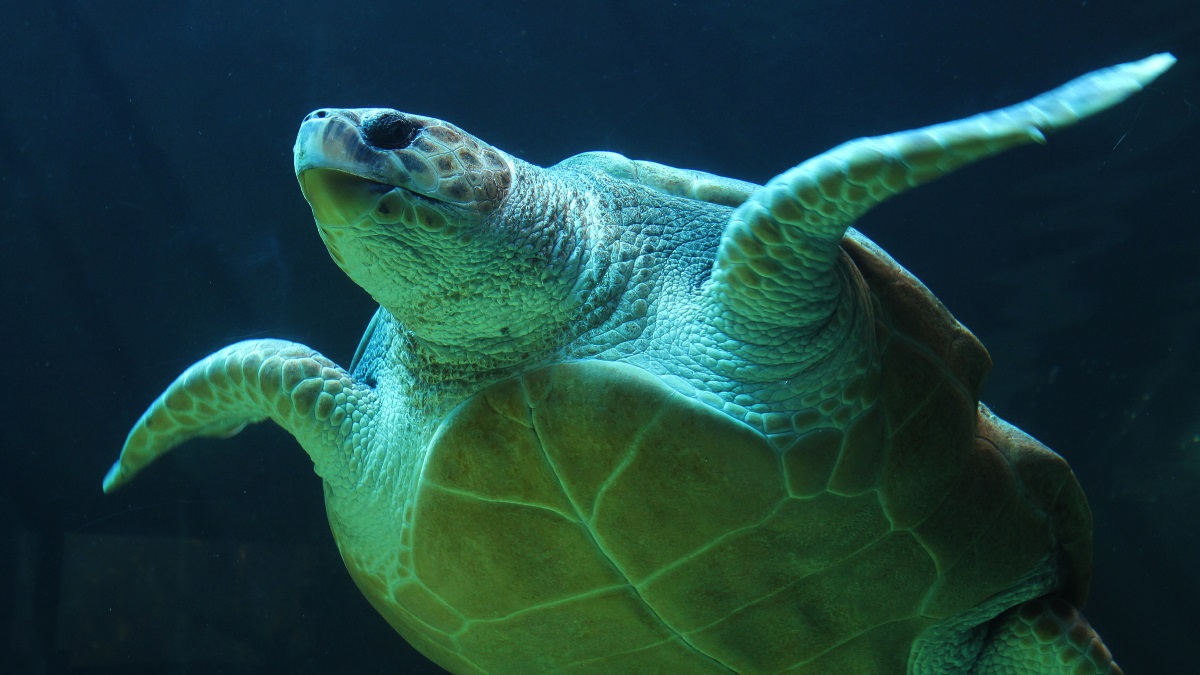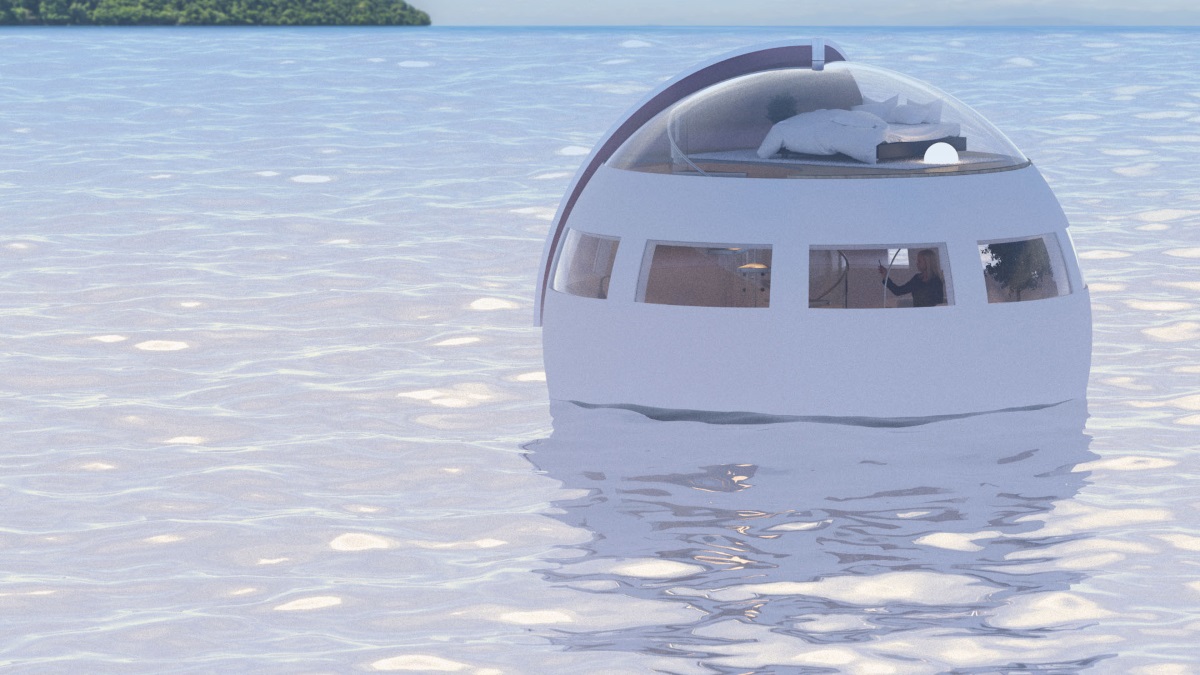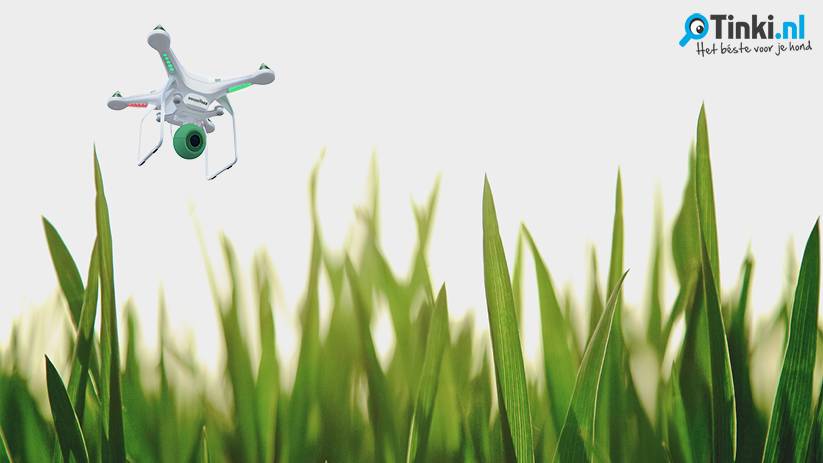Innovation Lab: Cyborg Turtles, Spinach Organs and Vin Diesel Sandwiches
- Friday, March 31st, 2017
- Share this article:
At Mobile Marketing, we’re proud to help tech companies showcase their cutting-edge solutions, whether it’s on our website, in our magazine or at our Mobile Marketing Summits. Giving a platform to companies that are breaking new ground in their market brings audiences one step closer to the ideas and developments that will shape tomorrow.
In that spirit, our Innovation Lab feature takes a step beyond the world of apps, ads and handsets with slightly bigger screens, in order to share some of the tech world’s innovative ideas. They might be interesting, disruptive or just outright strange, but these are the stories that have caught our eye over the past week.
Cyborg Turtles Can Be Steered By Human Thoughts
 Over the past few years, we’ve seen a number of experiments aimed at influencing or controlling animal behaviour in direct ways, but these usually involve invasive procedures, implanting electrodes or similar hardware into an animals brain or nervous system. A new development from researchers at the Korea Advanced Institute of Science and Technology (KAIST) has created a non-invasive method of controlling turtles that relies on their natural instincts instead.
Over the past few years, we’ve seen a number of experiments aimed at influencing or controlling animal behaviour in direct ways, but these usually involve invasive procedures, implanting electrodes or similar hardware into an animals brain or nervous system. A new development from researchers at the Korea Advanced Institute of Science and Technology (KAIST) has created a non-invasive method of controlling turtles that relies on their natural instincts instead.
Turtles have a relatively high cognitive capacity, instinctual escape behaviours and can differentiate between various wavelengths of light, predictably moving towards white light and away from obstacles, which makes them perfect for this research. They are outfitted with a ‘cyborg system’ consisting of a camera, wi-fi transceiver, Raspberry Pi control module and a blinder that swings from left to right, obstructing their view.
By watching the feed from the camera, a human operator can decide where to steer the turtle. Then, a brain-computer interface system picks up signals from their brain, moving the blinder accordingly and causing the turtle to move away from the obstruction.
The system has been tested in a variety of environments, including indoors, outdoors, on different surfaces include gravel and glass, and has enabled the human/turtle team to avoid a range of obstacles including shallow water and trees. The researchers, led by Phill-Seung Lee of the Mechanical Engineering Department and Sungho Jo of the Computing School, believe the technology could be developed to integrate positioning systems and improved AR and VR interfaces, enabling it to be used for military reconnaissance and surveillance.
Scientists Transform Spinach Leaf into Heart
If you’re an extremely strict vegan looking for a heart transplant, then good news – you might soon be able to get one from a spinach plant. That’s thanks to scientists at Worcester Polytechnic Institute, who have shown that a decellularised spinach leaf can be transformed into a vascular network that could help doctors repair or even regrow organs.
The method could see biomaterials made from cellulose (such as a spinach leaf) used as an overlay or scaffold for delicate body tissue, serving the function of delivering blood and oxygen to an area and ensuring that freshly transplanted organs or regrown tissue doesn’t die following implantation.
Scientists have already cracked the method for creating larger scale human tissue in labs using methods like 3D bioprinting, but growing smaller, more delicate blood vessels that are vital to tissue health has been impossible so far. By utilising the same thin veins that leaves use to deliver water and nutrients to instead transport blood, scientists can avoid the problem altogether.
The method is still in the proof-of-concept phase, but researchers have already been able to grow healthy, functioning heart muscle tissue on top of the spinach leaves, utilising their vascular networks, and are confident that the ‘spinach scaffold’ will be able to help treat patients and improve the success rate of treatments for heart attacks, transplants and more.
Upgrade Your Hotel Room to a Pod on the Ocean
 There are a lot of ways to reach a destination when you go on holiday, but “floating on the ocean in a travelling hotel room” is probably not one that’s ever leapt to your mind before. However, that could be an option before the end of the year, according to Japan Times, which reported on a new service planned by Huis Ten Bosch, a Dutch-themed park near Nagasaki.
There are a lot of ways to reach a destination when you go on holiday, but “floating on the ocean in a travelling hotel room” is probably not one that’s ever leapt to your mind before. However, that could be an option before the end of the year, according to Japan Times, which reported on a new service planned by Huis Ten Bosch, a Dutch-themed park near Nagasaki.
Visitors would be able to stay in two-story floating capsules overnight which, while they slept, floated to an island around 6km southwest of the main park, to a 39,000 square metre island where the part operator is currently developing a new attraction.
The company behind the park says the capsules will accommodate up to four people, with a lower level for relaxing and dining, and an upper, glass-ceilinged floor where you can drift off looking at the night sky. The operator also launched a “robot hotel” in 2015, where room cleaning, reception and other services were all carried out by robots.
Today’s Sandwich Filling? Vin Diesel
YouTube is filled with, among other things, people using expensive industrial equipment in ways no-one intended it to be used, whether that’s blending iPhones, slicing Furbies in half with pressurised water or feeding bowling balls into hydraulic presses. This latest example really takes the cake though, or rather the sandwich.
YouTube creator William Osman used 3D modelling technology and a laser slicer to create a model of actor Vin Diesel using ham and cheese, which was then placed between two slices of toast and topped with an olive to make what has to be the world’s most unlikely sandwich filling. A pair of googly eyes helps complete the picture, and bring the meaty model to life.
Whether or not the resulting sculpture was exactly edible is anyone’s guess, although Osman does describe some of the ham off-cuts as having “that hot dog taste” as a result of the laser used to cut them out. He also calls the project as “hands down, the grossest thing we have ever done”, but if the internet has proved anything, it’s that that bar can always go lower.
Forget the Pooper Scooper, Here Comes the Doo Doo Drone
 It feels like every week, we here at the Innovation Lab bear witness to drones and robots being put work at ever more menial tasks. This week, it’s the turn of Tinki.nl and their all-terrain robot force that cleans up dog poop.
It feels like every week, we here at the Innovation Lab bear witness to drones and robots being put work at ever more menial tasks. This week, it’s the turn of Tinki.nl and their all-terrain robot force that cleans up dog poop.
Gerben Lievers, founder of the website, which largely serves as a price comparison service for pet accessories, heard enough complaints about dog poo that he decided to do something about it. The result is a two-part solution, with an aerial drone called Watchdog 1 which spots droppings using a thermal camera and maps their location, and a ground-based autonomous robot called Patroldog 1 which then heads to the location, vacuums up and bags the offending poop.
The prototypes are set to be deployed in a number of neighbourhoods early next year to test their capabilities, and Lievers is hoping the solution will attract government funding to help keep the streets clean. He is also working on visual recognition software with the University of Twente that will enable the drones to identify older dog faeces that has cooled down and no longer shows up on Watchdog 1’s thermal camera.
















